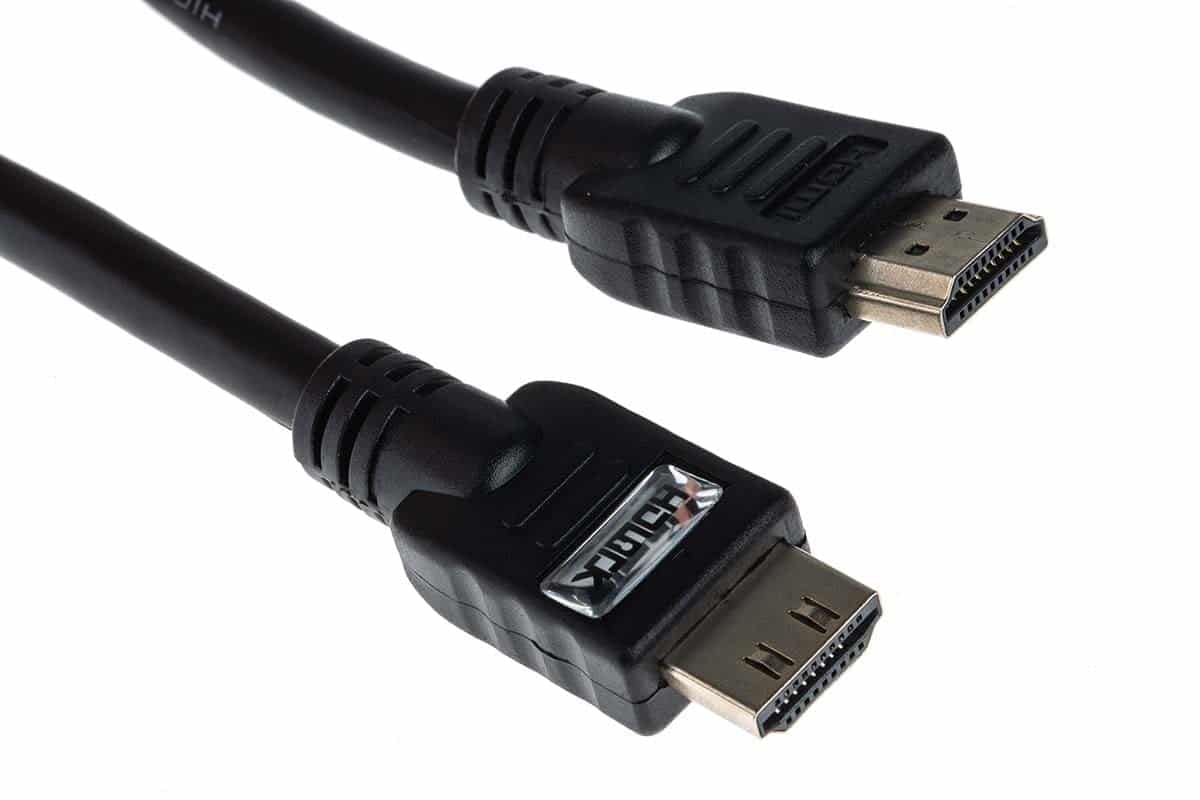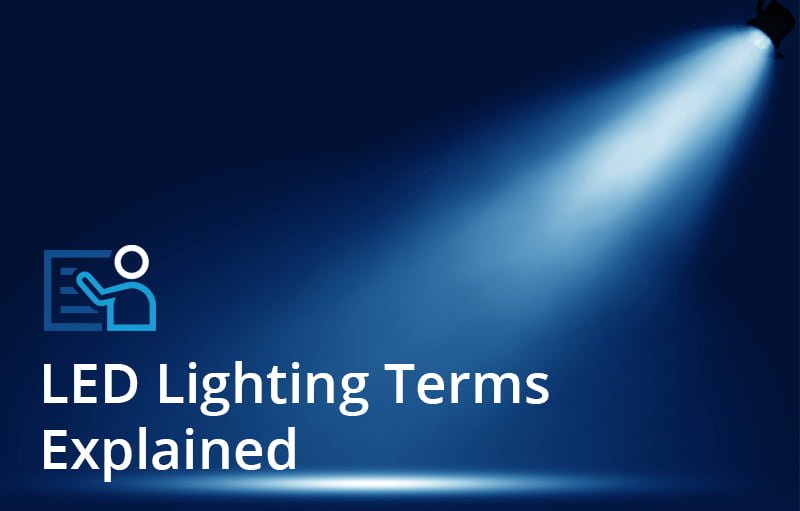simple lighting jargon
emitting a light (LED)
A two-LED semiconductor light source known as an LED (short for Light Emitting Diode) produces light when an electric current is run through it. Photons, which are particles of energy, are released during this process. What you need to know, without getting too scientific, is that compared to incandescent and fluorescent models, LEDs are more effective at converting energy into light. LEDs are more durable and produce less heat than conventional picture lights while using less energy.
You can have a small profile with a thickness of 1/2′′ thanks to built-in LEDs. LEDs are being incorporated into more and more lighting fixtures today. They aren’t devices with replaceable LED lights; rather, they are luminaires with permanent LEDs built in. Built-in LEDs have the benefit of enabling lighting producers to produce thinner and more streamlined fixtures. These cutting-edge LED models can be fitted in locations where no other recessed luminaire can since they have a thickness of less than 1.5 cm. For instance, many LED users enjoy installing them in order to emphasize art, and all contemporary picture lighting is based on LED technology.
So how long are LEDs good for? a long time indeed! The normal lifespan of an LED bulb is between 25,000 and 50,000 hours. A common incandescent light has a lifespan of up to 2,000 hours, or roughly 1,000 hours. Unlike conventional light sources, LED lighting gently ages over time rather than burning out. When purchasing an LED fixture, you will frequently notice the phrase “50,000 hours to 70%” (“L70”). As a result, you may anticipate LED lights to survive at least 50,000 hours, at which point it will have lost at least 70% of its initial power (down 30 percent). This technology is very promising because of the long bulb life and the low power consumption required to produce the light.
The ability to customize your own unique lighting scheme using various color temperatures, brightness, warmth, and efficiency is one of the best things about LED technology.
Color Temperature Correlation (CCT)
The majority of LED lighting fixtures give users a choice of white color temperatures. On a scale from 1,000 to 10,000, this temperature, or CCT, is expressed in degrees Kelvin (K). The color representation of the luminaire is more like natural sunshine as Kelvin increases. Whereas neutral whites usually have a temperature of 4000K, warmer whites often have a temperature of 3000K or below. White light that is described as “cold” has a Kelvin temperature of 5000K or above. The typical Kelvin temperature for office and home lighting fixtures is in the range of 2500K to 5000K. When selecting a light fixture, it is crucial to take color temperature into account so that the lighting’s appearance and feel complement the mood and ambiance you want to create.
Index of color rendering (CRI)
As LEDs were used more often in houses, the CRI scale became increasingly well-known. Color temperature and CRI work together to help you choose the best lighting for your application. CRI essentially measures how accurately a light source reproduces the colors of objects in their truest form. Consider how accustomed we are to seeing things displayed on social media in the context of multiple apps and filters that alter how an object or item appears in real life. CRI aims to remove the filters and precisely depict colors in their natural state, whether they are in a work of art that is hanging on the wall or food that is being made in the kitchen. LED light sources with a CRI of 90 or more are regarded as having the best color rendering on a scale of 1 to 100. Under LED lighting, colors will appear more true the higher the CRI.
Strength and luminescence (watts and lumens)
Lumens and watts are typically used in conjunction while looking for LED lights. Lm/W, for instance, stands for lumens per watt. Watts are frequently used as a proxy for light output. In actuality, the “perceived power” of light is measured in terms of lumens. Lumens measure how bright a light source is. The quantity of electricity you consume, which is what you pay for on your utility bills, is measured in watts.
Lumens per watt is a crucial factor to take into account when purchasing LED lights. One particular LED lamp, for instance, uses just 9 watts while producing 1000 lumens. The same amount of lumens are produced by an equivalent incandescent light using 100 watts, though.
Dimming
Both lighting control and consumer desire for smart homes are growing in popularity. It’s crucial to be able to control the amount of light in a space, thus we advocate utilizing dimmers whenever possible. It’s crucial to carefully check this when buying and not assume that every fixture is dimmable. Reputable LED lighting manufacturers employ dimmable LEDs. Another strategy for saving energy and lowering operating expenses is dimming.
Additional helpful words
Both line and low voltage
The standard voltage used in sockets and junction boxes is known as line voltage and is 220 V in post-Soviet regions, 110-120 V in the United States, Canada, and a few European nations. As a result, line voltage luminaires do in reality support the “plug and play” approach.
Low voltage lighting normally uses 12V or 24V, and to prevent the low voltage bulb from burning out, a transformer is needed to step down the mains power. Either the lamp’s driver or the transformer for low-voltage lighting is integrated within the fixture (power supply for LED strips).
Score L70/LM80
As was already explained, L70 is merely a measurement of how long it takes a light source to lose 70% of its initial output. LED light sources’ lumen degradation is measured using the approved test method known as LM80.
“Listing as DLC”
When a commercial building switches to LED lighting, energy providers often give savings. Energy companies use the DLC, a list of authorized LED luminaires, to offer these reductions. To be eligible for the rebate for switching to LEDs, your luminaire must be on this list.
IC Rated
IC Insulating contact is referred to as Rated IC. There is no danger of overheating when using an IC-rated recessed luminaire in an insulated ceiling (such as stretch or plasterboard suspended).
While looking for fixtures, it’s critical to understand what these terms signify as more homes and businesses make the conversion to LED lighting. Of course, if customers have any queries or require extra information, our team is always available to assist them.







